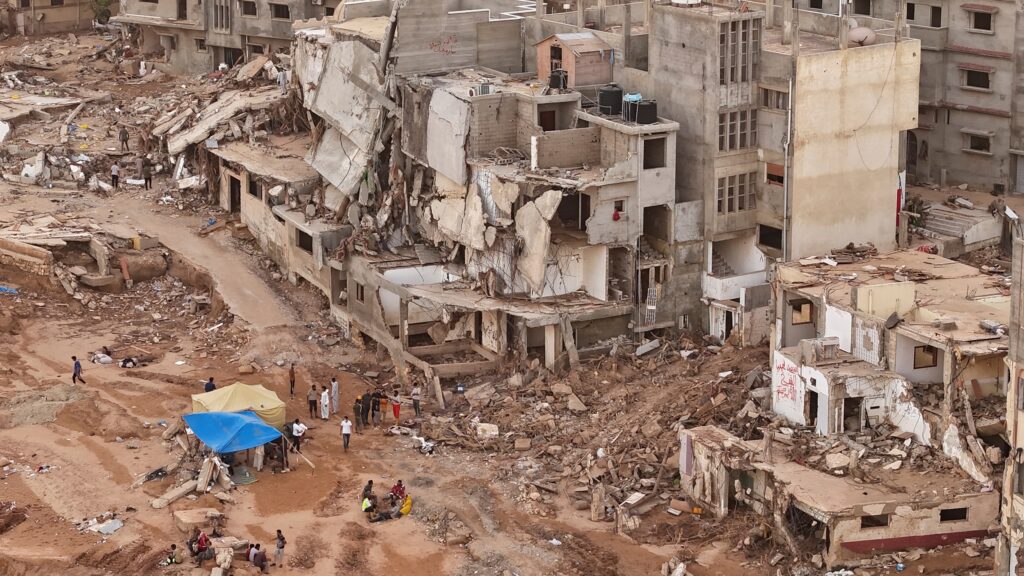
Libya’s prosecutor general on Monday issued orders for the arrest of eight officials as part of his investigation into the recent flood catastrophe that resulted in the loss of thousands of lives, as announced by his office.
The flash flood, described by witnesses as resembling a tsunami, breached two deteriorating dams on September 10th following a hurricane-strength storm that struck the vicinity of Derna, a coastal city in eastern Libya.
The officials are under suspicion of “mismanagement” and negligence, according to a statement from the prosecutor general’s office. It further noted that these individuals have either presently or previously held positions related to water resources and dam administration.
As of Saturday, the confirmed death toll surpassed 3,800, and humanitarian organizations have expressed concerns that over 10,000 individuals might still be unaccounted for.
Following the initiation of an investigation, Libya’s prosecutor general, Al-Seddik al-Sur, disclosed over a week ago that the two dams located upstream from Derna had suffered structural damage since 1998.
However, repairs that were initiated by a Turkish company in 2010 came to a halt after a few months due to the eruption of Libya’s 2011 revolution, and the restoration efforts were never resumed, the prosecutor stated on September 16, pledging to take decisive action against those accountable for the situation.
The 2011 NATO-supported uprising resulted in the overthrow of the longtime dictator Moamer Kadhafi, subsequently ushering in over a decade of intermittent conflict.
Libya is presently split between an internationally recognized administration based in Tripoli in the west, to which Sur belongs, and another administration located in the flood-affected eastern region.
Several years ago, eastern forces initiated an unsuccessful attack on the capital, which ultimately culminated in a ceasefire in 2020.
Subsequently, a phase of relative stability has endured, affording war-torn Libya the opportunity to embark on the process of reconstruction and recovery.
Biblical deluge
The initial dam to fail in the catastrophe was the Abu Mansur dam, located 13 kilometers (eight miles) away from Derna, with its reservoir containing 22.5 million cubic meters (approximately 800 million cubic feet) of water.
The torrential downpour subsequently ruptured Al Bilad, the second dam, which had a capacity of 1.5 million cubic meters and was situated just one kilometer from the coastal city.
The wall of water and debris surged through the typically arid riverbed, or wadi, which traverses the city center.
Both dams were built by a Yugoslav company during the 1970s, with the primary purpose of safeguarding Derna from potential flooding rather than water storage, as previously mentioned by Sour.
Following Libya’s 2011 revolution, a budget has been allocated each year for the repair of the two dams; however, as stated by an official, none of the successive governments has undertaken the necessary restoration efforts.
A 2021 report from the Libyan audit bureau chastised the “delayed action” in recommencing repair work on the two dams.
In November 2022, engineer and academic Abdel Wanis Ashour issued a warning through a study, stating that a “catastrophe” loomed over Derna unless the authorities initiated maintenance on the dams.
